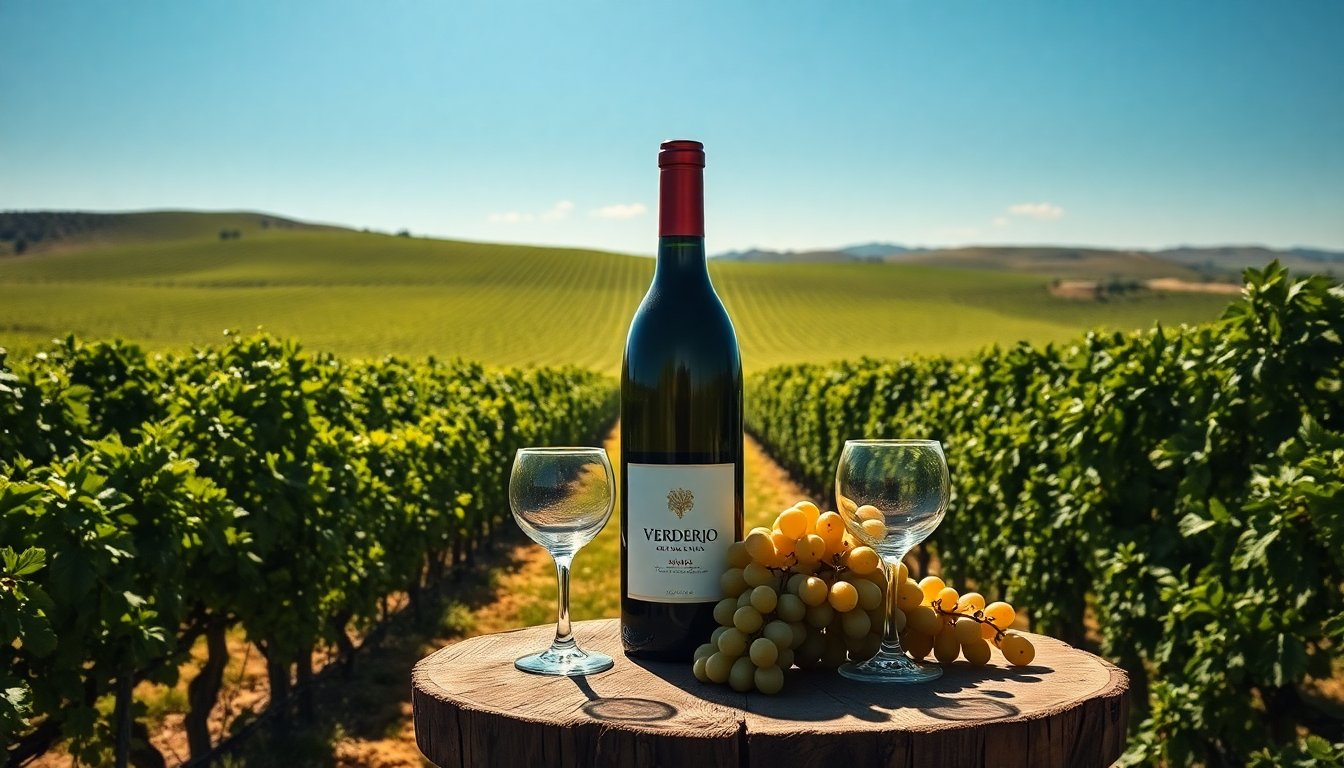When it comes to exploring the verdejo grape, few are as knowledgeable as Laura S. Lara. As a trained sommelier, she has dedicated her career to understanding and promoting the unique characteristics of this illustrious grape variety, particularly in the D.O. Rueda region of Spain. In this article, we will embark on a sensory journey, diving deep into the essence of verdejo while highlighting the nuances that make it a celebrated choice among wine enthusiasts.
The D.O. Rueda is not just a geographical designation; it represents a rich tapestry of tradition, climate, and soil that collectively influences the flavor profiles of its wines. Laura emphasizes that the terroir—a French term encapsulating the environmental factors that affect a crop’s phenotype—plays a crucial role in shaping the verdejo grape, leading to its distinctive taste.
Understanding verdejo: A historical perspective
Historically, verdejo has roots that trace back centuries, intertwined with the cultural fabric of Spain. Initially cultivated by the Romans, this grape has evolved over time, yet it remains deeply connected to its origins. Today, it is recognized not only for its refreshing characteristics but also for its ability to express the diversity of the Rueda landscape.
Laura highlights how modern winemaking techniques have revitalized the production of verdejo. The balance between traditional methods and contemporary innovations has resulted in a wine that appeals to both seasoned connoisseurs and newcomers alike. With organic vineyards gaining traction, more producers are embracing sustainable practices that enhance the quality of verdejo wines.
The flavor profile of verdejo
When tasting verdejo, one can expect a vibrant palette of flavors. Laura describes it as a wine that often showcases notes of citrus fruits, such as lemon and grapefruit, accompanied by hints of herbaceous aromas, reminiscent of freshly cut grass or fennel. This combination makes verdejo an excellent companion to a variety of dishes, particularly seafood, salads, and light pasta.
The acidity of verdejo is another hallmark that sets it apart. This lively acidity not only enhances its refreshing nature but also contributes to its aging potential. Laura recommends exploring aged verdejo to discover how the wine evolves, revealing deeper complexity and a more rounded character.
Pairing verdejo with food
Wine and food pairing can elevate the dining experience, and verdejo is a versatile partner at the table. Laura suggests that the key to successful pairing lies in matching the intensity and flavor profiles of the wine with those of the food. For instance, the crispness of verdejo complements fried fish beautifully, while its herbal notes harmonize with dishes that incorporate fresh herbs.
Additionally, Laura explains that the versatility of verdejo extends beyond traditional pairings. It can serve as an intriguing match for more adventurous cuisines, such as Thai or Indian, where the wine’s acidity provides a refreshing contrast to spicy flavors. This adaptability demonstrates why verdejo has become a favorite among chefs and sommeliers alike.
Exploring verdejo regions
While the D.O. Rueda is the most prominent region for verdejo production, Laura encourages wine lovers to explore other areas that produce this grape. Regions in Portugal, for example, offer an intriguing perspective on verdejo, showcasing how differences in climate and soil can influence the end product. Each area brings its unique interpretation, making it a delightful adventure for those keen on broadening their wine horizons.
In conclusion, the journey into the world of verdejo is one filled with rich history, vibrant flavors, and endless possibilities. With experts like Laura S. Lara guiding the way, enthusiasts can truly appreciate the authenticity of this remarkable grape. Whether enjoyed alone or paired with delicious cuisine, verdejo continues to capture the hearts and palates of wine lovers around the globe.





